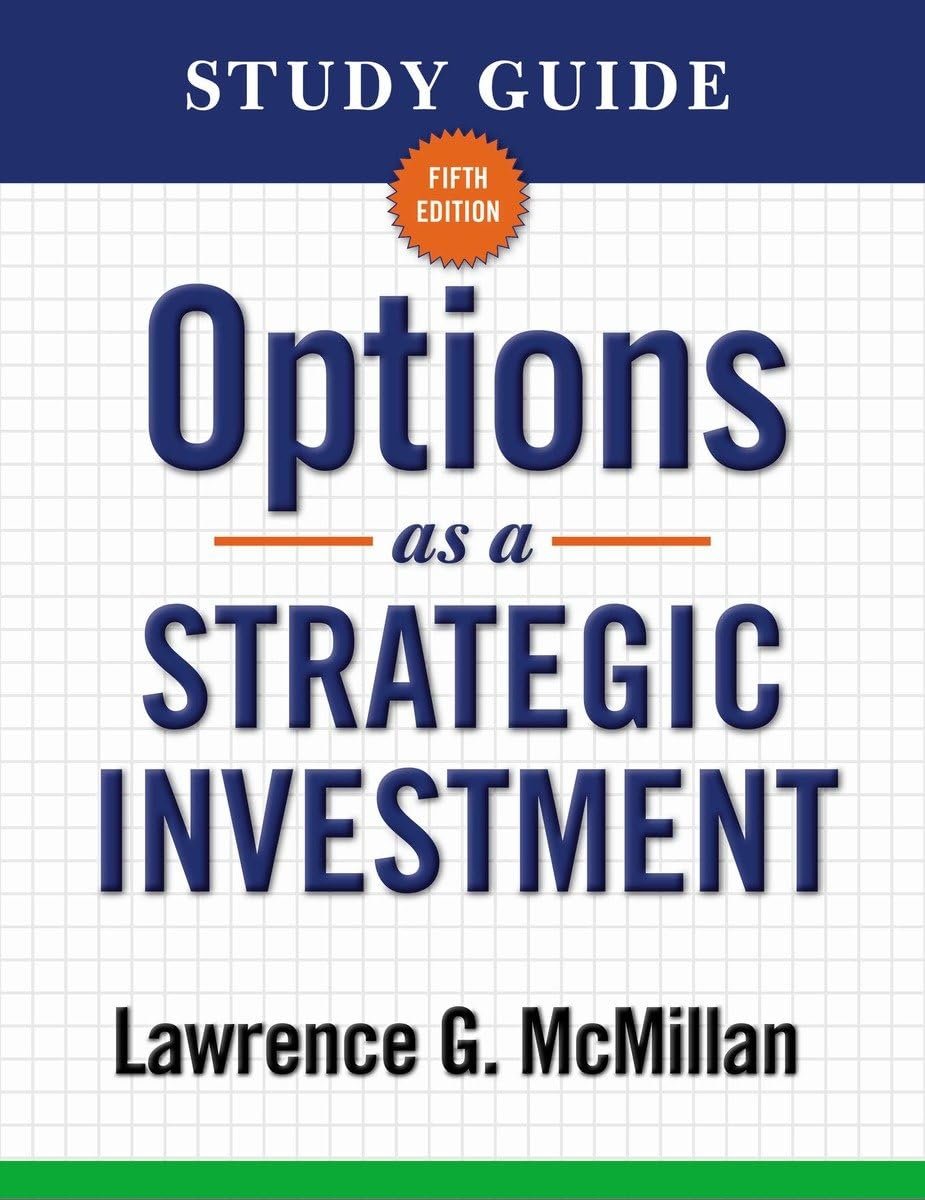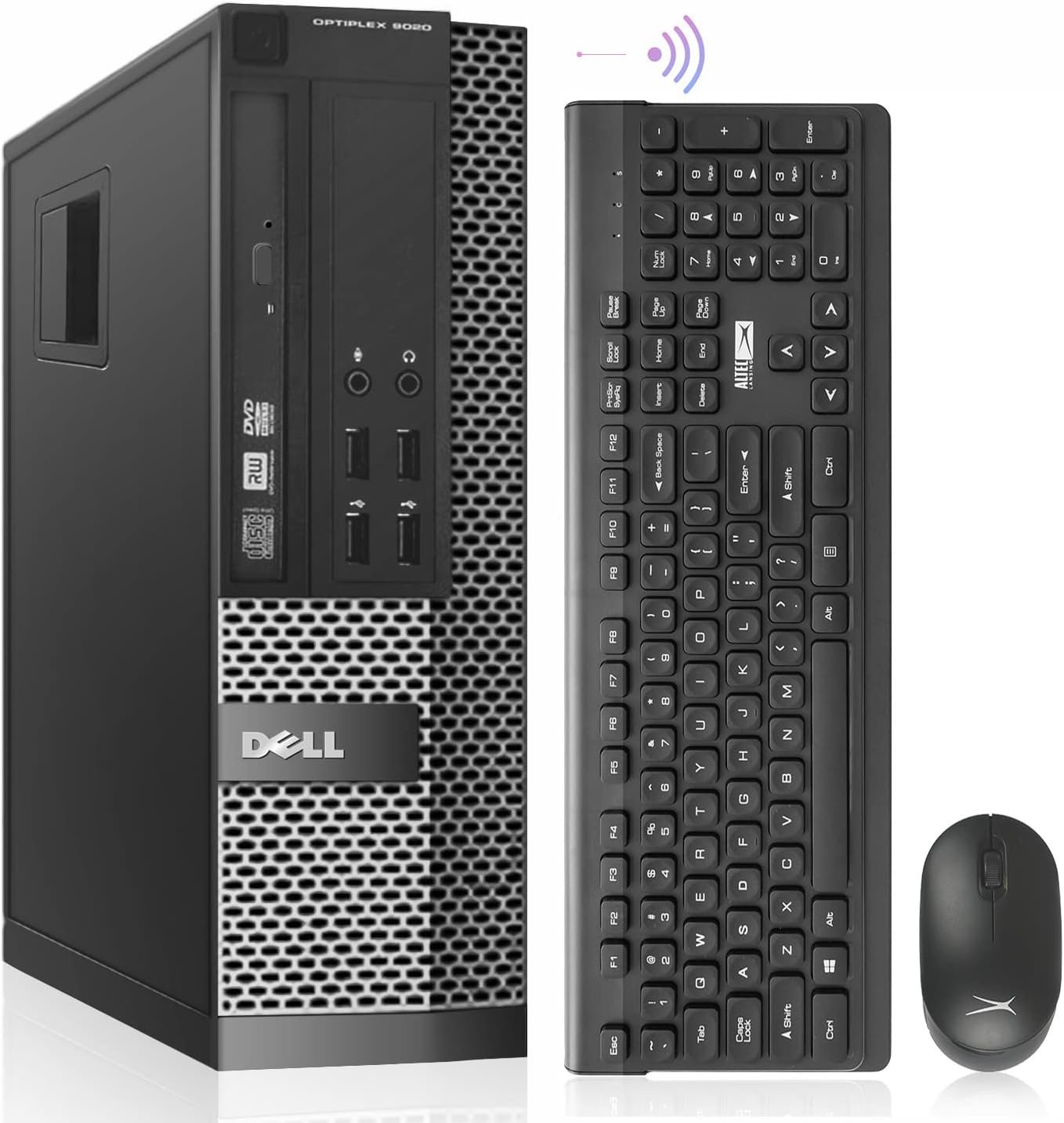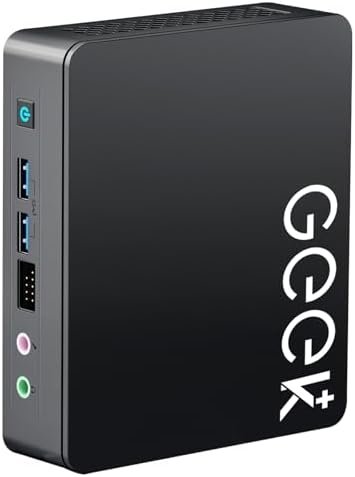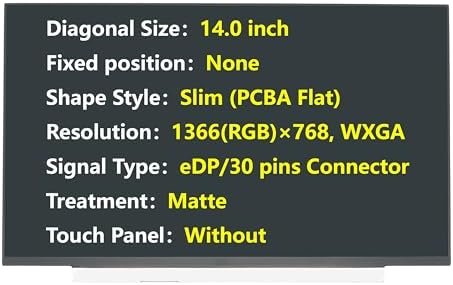Dell OptiPlex 7000 Full Size Tower Business Desktop Computer, 12th In…
Price: [price_with_discount](as of [price_update_date] - Details) Processor: 12th Gen Intel Core i9-12900 (30 MB cache, 16 cores, 24 threads, 2.40 GHz to 5.10 GHz Turbo)Memory: 128GB DDR5 MemoryHard Drive 4TB [...]
Pisichen Portable Monitor Touchscreen, 16 Inch 1920X1200P Touch Scree…
Price: [price_with_discount](as of [price_update_date] - Details) Product Description Pisichen 16 inch Touchscreen Portable Monitor 16:10 PC Display Touch Screen Monitor FHD 1920x1200P IPS Display HDR Eye Care Screen Size: 16 [...]
Study Guide for Options as a Strategic Investment 5th Edition
Price: [price_with_discount](as of [price_update_date] - Details) This Study Guide for the Fifth Edition of Options as a Strategic Investment will help you maximize your understanding of options, thereby increasing your [...]
The Blockchain Blueprint (The Blockchain Revolution Book 1)
Price: [price_with_discount](as of [price_update_date] - Details) In today's rapidly evolving digital landscape, understanding the basics of blockchain technology has become increasingly important. While it may seem like a complex concept [...]
Crypto Essentials: Understanding the Basics of Digital Finance
Price: [price_with_discount](as of [price_update_date] - Details) Dive into the World of Cryptocurrency with "Crypto Essentials"Embark on a transformative journey into digital finance with "Crypto Essentials: Understanding the Basics of Digital [...]
Gift Mugs Coffee Mugs Should’Ve Listened To Me Bitcoin Mugs, Funny Mu…
Price: [price_with_discount](as of [price_update_date] - Details) This mug features printing on both sides and it is home and restaurant use, dishwasher and microwave safe. 100% pure white ceramic with money [...]
Trading Places
Price: [price_with_discount](as of [price_update_date] - Details) trading stations , Price: [price_with_discount] (as of [price_update_date] - Details) https://amazon.com/dp/B01M7SPXI4?tag=hackerhipster-20 , https://www.amazon.com/gp/aws/cart/add.html?AssociateTag=hackerhipster-20&ASIN.1=B01M7SPXI4&Quantity.1=1&SubscriptionId= , $6.99 , 6.99 , [price_with_discount] ,
Gaming PC Desktop Computer, AMD Ryzen 3 4100 3.6GHz, GTX1660S,16GB DD…
Price: [price_with_discount](as of [price_update_date] - Details) Processor: AMD Ryzen 3 4100 4-Core 8-thread Processor (3.6GHz-4.3GHz)| Graphics:R3 4100Smooth Graphics: R3 4100 GTX1660S | RAM: (16G)8GB*2 DDR4 3200MHz | Hard Drive: NVME [...]
SAMSUNG 27″ M50C Series FHD Smart Monitor w/Streaming-TV, 4ms, 60Hz, …
Price: [price_with_discount](as of [price_update_date] - Details) `App availability varies by country, with possible subscriptions. Internet connection required; TV tuner not included. Samsung TV Plus and universal guide availability varies. Remote [...]
Think and Grow Rich
Price: [price_with_discount](as of [price_update_date] - Details) Think and Grow Rich is the number-one inspirational and motivational classic for individuals who are interested in furthering their lives and reaching their goals [...]
Mastering Blockchain Security
Price: [price_with_discount](as of [price_update_date] - Details) Blockchain technology is revolutionizing industries and reshaping the digital landscape, offering unprecedented opportunities for secure and decentralized transactions. However, the power of blockchain can [...]
Bitcoin is For Boys, Ethereum is For Girls
Price: [price_with_discount](as of [price_update_date] - Details) In “Bitcoin is for Boys, Ethereum is for Girls”, follow the exciting journey of two class friends, Ashley and Luke, as they explore the [...]
Pizza Delivery Guy Bitcoin Pizza Throw Pillow
Price: [price_with_discount](as of [price_update_date] - Details) Funny pizza food delivery outfit for a pizza delivery guy. Pizza with bitcoin graphic text: "I also accept bitcoin." Funny pizza food delivery outfit [...]
Bubble Station Yard Sign
Price: [price_with_discount](as of [price_update_date] - Details) Display this eye-catching yard sign in your front yard featuring a “bubble station” message along with fun bubble images to let everyone know where [...]
KAMRUI AK1PLUS Mini PC with Intel Alder Lake N97(up to 3.60 GHz), 16G…
Price: [price_with_discount](as of [price_update_date] - Details) From the brand Your Next Mini PC Choose KAMRUI, Choose Professional Mini PC Power to Do More KAMRUI are an integrated high-tech enterprise of [...]
ASUS 16″ Portable Monitor – WQXGA, 120Hz, IPS, USB-C/HDMI, DisplayHDR…
Price: [price_with_discount](as of [price_update_date] - Details) ASUS ZenScreen MB16QHG is a 16-inch portable monitor featuring a WQXGA (2560 x 1600), IPS display with a 120 Hz SmoothMotion refresh rate. Its [...]
Digital Fluency: Understanding the Basics of Artificial Intelligence,…
Price: [price_with_discount](as of [price_update_date] - Details) If you are curious about the basics of artificial intelligence, blockchain technology, and quantum computing as key enablers for digital transformation and innovation, Digital [...]
Dell OptiPlex 9020 Refurbished Desktop Computers Small Form Factor PC…
Price: [price_with_discount](as of [price_update_date] - Details) 【Powerful i7 Processor】 - Dell OptiPlex 9020 with powerful 4th Gen Intel Core i7-4770 3.40GHz up to 3.90 GHz,enables meet your multi-taking needs and [...]
AZULLE Access4 Pro Zoom Mini PC Stick 4GB/64GB – Business & Home Video Powerful Portable Computer with Ethernet Port- Gemini Lake J4125 Processor
Price: [price_with_discount](as of [price_update_date] - Details) [ad_1] From the brand Azulle is the leading manufacturer of mini PC’s and mini PC sticks, dedicated to developing and introducing practical innovation for [...]
Alienware Aurora R16 Gaming Desktop – Intel Core i9-13900F, 32GB DDR5 RAM, 1TB SSD + 1TB HDD, NVIDIA GeForce RTX 4070 12GB GDDR6X Graphics, Windows 11 Home, 1 Year Premium Support – Basalt Black
Price: [price_with_discount](as of [price_update_date] - Details) [ad_1] OPTIMIZED DESIGN AND PERFORMANCE. A WHOLE NEW WAY OF GAMING. With the Alienware Aurora R16 gaming desktop experience exceptional gaming desktop performance in [...]
Intel Nuc 11 NUC11ATKC4 Atlas Canyon Mini pc,Intel Celeron N5105, 2.0 GHz – 2.9 GHz Burst, 4 core, 4 Thread, 15W Intel UHD Graphics, 450 – 800 MHz Burst, 16GB RAM, 512GB SSD, Windows 11 Pro
Price: [price_with_discount](as of [price_update_date] - Details) [ad_1] From the brand The Next Unit of Computing (NUC) is a small form factor device or compute element that delivers a full desktop [...]
Laptop Replacement Bottom Base Cover Case Compatible for MSI GV62 8RC/GV62 8RD/GV62 8RE GV62 7RC/GV62 7RD E2P-6J3A612-P89 MS-16JD Shell Without Optical Drive
Price: [price_with_discount](as of [price_update_date] - Details) [ad_1] for MSI GV62 8RC/GV62 8RD/GV62 8RE GV62 7RC/GV62 7RD E2P-6J3A612-P89 MS-16JD Laptop Cover [Status Of Product]------New Product,Laptop Replacement Cover[Compatible Model Number]------for MSI GV62 [...]
AQVIN Gaming PC Tower Desktop | Intel i7 Processor up to 4.0 GHz | GTX 1050 Ti 4GB GDDR5 Gaming GPU | 1TB SSD Solid State Drive 32 GB DDR4 RAM | Windows 10 Pro WiFi Ready (Renewed)
Price: [price_with_discount](as of [price_update_date] - Details) [ad_1] The AQVIN gaming PC offers powerful performance in an attractive package. For a gentle gaming experience, the Intel Core i7 processor, 32GB memory, [...]
New Screen Replacement for Lenovo Thinkpad T490 T495 T14 P/N 01YN142,N140BGA-EA4 Rev.C2,NT140WHM-N43,B140XTN07.2,14.0″ eDP 30 pins,HD Not-Touch Matte LCD LED Laptop Display Panel
Price: [price_with_discount](as of [price_update_date] - Details) [ad_1] Diagonal Size:14.0 inch; Fixed position:None; Shape Style:Slim (PCBA Flat); Resolution:1366(RGB)×768, WXGA; Signal Type:eDP/30 pins Connector; Treatment:Matte; Touch Panel:Without; Comes with Complimentary Double Sided [...]
Adamant Custom 16-Core Trading Liquid Cooled Workstation Desktop Computer PC AMD Ryzen 9 7950X 4.5GHz B650M Prime 32GB DDR5 8TB NVMe Gen3 SSD 10TB HDD 750W WIN11 8xDisplay Support
Price: [price_with_discount](as of [price_update_date] - Details) [ad_1] CASE 4000D Tempered Glass Black. PSU Smart 750W 80 PLUS Bronze Power Supply. MB PRIME B650M-A AX Motherboard. RAM 32GB DDR5 High Performance [...]























